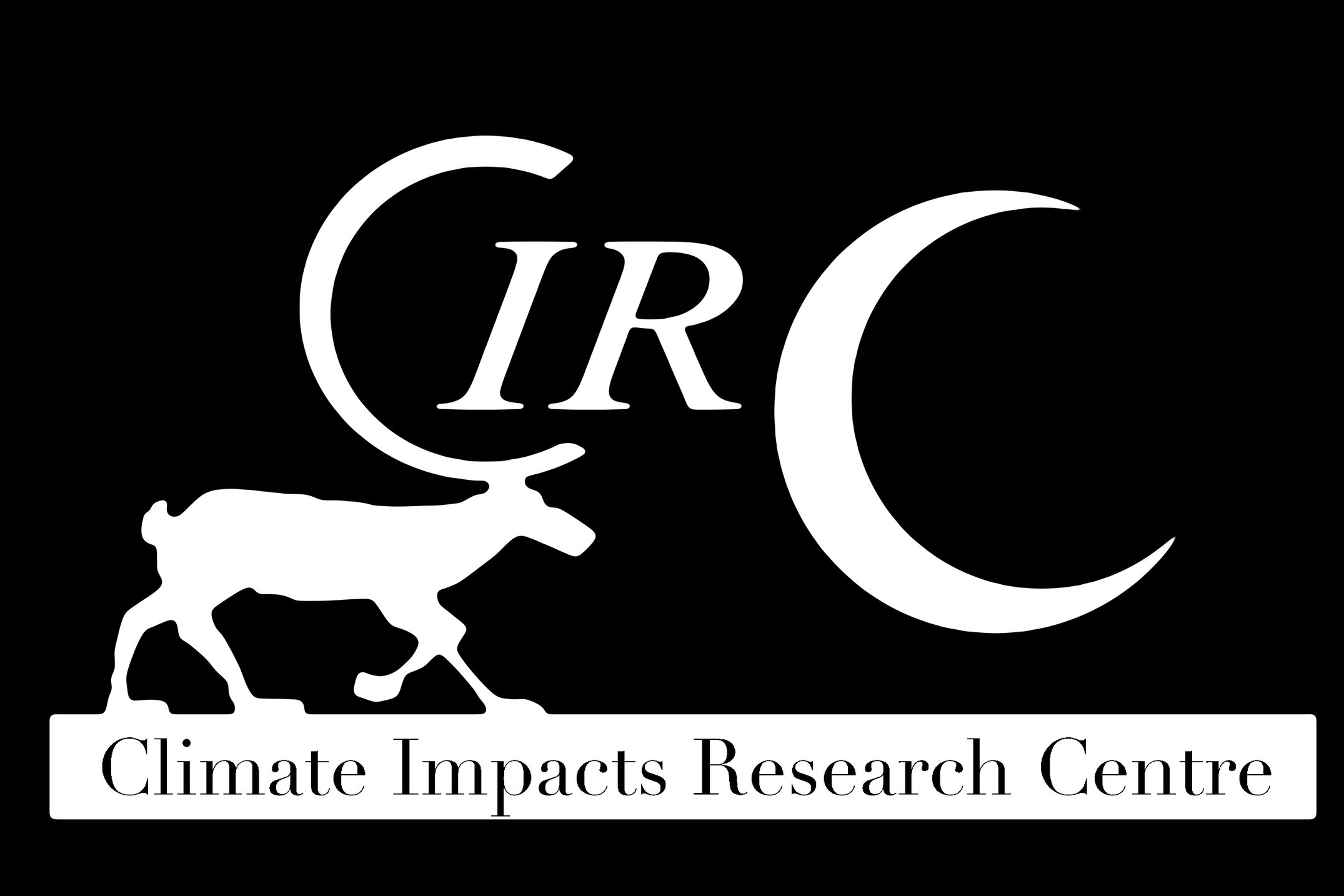The organic C cycle and impacts of climate warming in high latitude lakes
Figure 1. Representation of a lake organic carbon (C) cycle driven exclusively by internal primary production from benthic and pelagic algae sources. It is seldom the case.
Figure 2. Lake organic C cycle where external inputs of various degrees contribute. In this case, terrestrial plant organic matter stored in soils is typically transported to lakes by runoff. The C export is typically low due to low terrestrial productivity at these latitudes. The presence of areas with permafrost can have an additional contribution of C export when thawing.
Figure 3. Likely impacts of climate warming on high latitude lake C cycle. In regions with pronounced Arctic greening (i.e. increased terrestrial productivity and shifts in vegetation patterns) and permafrost thaw can result in increased terrestrial C export to lakes (positive sign) and lakes can became brown colored. Increased terrestrial C contribution to lakes enhances carbon dioxide emission, methane production and C burial. At the same time due to the reduction in light conditions associated with increased terrestrial organic matter inputs, primary production from both benthic and pelagic sources can decrease (negative sign). This response follows a nonlinear pattern where small terrestrial organic matter inputs can have a positive effect on primary production followed by a decline with ever-increasing inputs. Unraveling the interaction of variables such as nutrients, lake morphometry and climate with the different components of lake C cycle is at the core of ongoing research.





